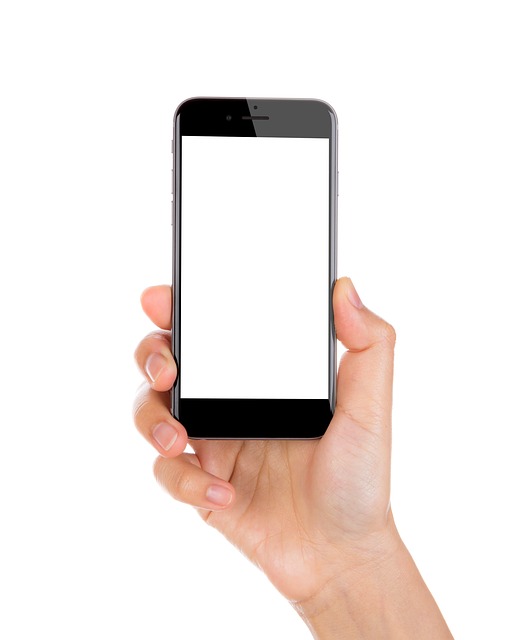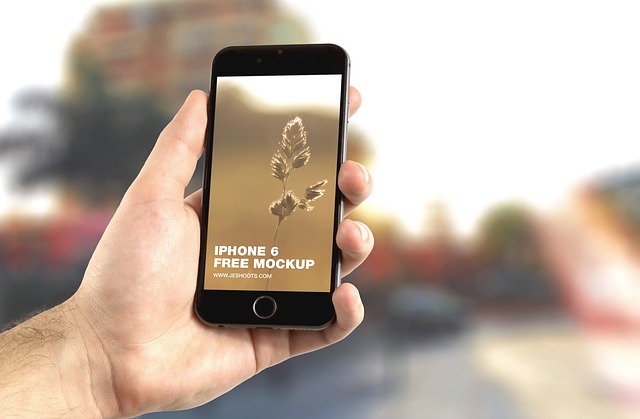2023 saw Samsung's flagship devices, particularly the Galaxy S22 Ultra, surpass Apple's iPhones in performance, with enhancements in processing speed and graphic capabilities. Samsung's new chipset delivers a smoother user experience with quick app launches and robust gaming support. The company's camera systems now feature superior high-resolution sensors and advanced image processing, offering better image quality than the iPhones. Innovation is a hallmark of Samsung's product lineup, as evidenced by their foldable Galaxy Z series, which pushes the boundaries of mobile technology. Samsung's leadership in camera performance is underscored by their use of ISOCELL sensors with features like Scene Optimizer and Single Take for versatile and creative photography. Design-wise, Samsung's flagships are known for their sleek, innovative aesthetics, which often include industry-leading features like foldable screens. Apple, on the other hand, emphasizes a user-friendly and consistent design language that integrates well with its ecosystem, offering seamless experiences with other Apple devices and superior app performance due to its robust ecosystem.
2023 heralds a pivotal comparison between the cutting-edge Samsung flagship phones and Apple’s iPhone lineup. This analysis delves into the performance and innovation metrics, where Samsung’s latest offerings have set benchmarks that outstrip their iPhone counterparts. Camera prowess is also under the microscope, as Samsung’s imaging technology claims leadership. Beyond raw specs, this article scrutinizes the design aesthetics and ecosystem support of both giants. Join us as we dissect and compare these elements to determine which titan reigns supreme in the realm of smartphone technology and innovation.
- Samsung's Flagships Outpace iPhones in Performance and Innovation
- Camera Showdown: Samsung's Imaging Leadership Over Apple Devices
- Design and Ecosystem: A Comparative Analysis of Samsung vs. iPhone
Samsung's Flagships Outpace iPhones in Performance and Innovation

2023 has seen a significant leap in performance and innovation from Samsung’s flagship devices, outpacing Apple’s iPhones in several key areas. Samsung’s latest offerings boast advanced processor technology, with models like the Galaxy S22 Ultra featuring an upgraded chipset that delivers superior processing speeds and enhanced graphical capabilities. This hardware advancement translates to a smoother user experience, with faster app launches, seamless multitasking, and high-performance gaming. Moreover, Samsung has been at the forefront of integrating cutting-edge technologies such as improved camera systems with higher resolution sensors and advanced image processing algorithms that capture detailed and vivid images, surpassing the capabilities of their iPhone counterparts. Additionally, Samsung’s commitment to innovation is evident in their adoption of new form factors, such as foldable displays with the Galaxy Z series, which offer a unique user experience and showcase Samsung’s dedication to pushing the boundaries of what smartphones can be. These advancements not only set a new standard within the industry but also position Samsung’s flagships as leading competitors to Apple’s iPhones in terms of performance and innovation.
Camera Showdown: Samsung's Imaging Leadership Over Apple Devices

Samsung’s flagship phones have consistently showcased superior camera capabilities, outperforming Apple’s iPhone offerings in various aspects of imaging technology. The latest models from Samsung, equipped with advanced sensor technologies, have demonstrated their ability to capture exceptional detail and color accuracy across a wide range of lighting conditions. These cameras feature an array of lenses and innovative software algorithms that enhance the overall photography experience, enabling users to take sharper, clearer, and more vibrant photos. The integration of Samsung’s ISOCELL image sensors, which offer larger pixels for better light absorption, combined with the brand’s Scene Optimizer and Single Take feature, allows for versatile and creative shooting options. This technological edge in camera hardware and software innovation has positioned Samsung’s flagship devices as leaders in the mobile imaging space, offering users a robust and flexible photography experience that is often seen as superior to that of Apple’s iPhones.
Design and Ecosystem: A Comparative Analysis of Samsung vs. iPhone

Samsung’s flagship phones have consistently pushed the boundaries of design innovation, offering users a variety of sleek and sophisticated options that often set industry trends. From the Infinity Display that maximizes screen space with minimal bezels to the use of premium materials like glass and metal, Samsung’s designs are both aesthetically pleasing and functional. The brand’s commitment to incorporating cutting-edge technology into its hardware is evident in features such as foldable screens, which Apple’s iPhones have yet to match.
In contrast, Apple’s iPhone design philosophy emphasizes simplicity and user-friendliness, focusing on a cohesive experience that integrates seamlessly with the broader Apple ecosystem. The iPhone’s design remains consistent, favoring a familiar form factor that many users appreciate for its ease of use and reliability. While Samsung’s devices offer a wider range of choices in terms of screen sizes and designs, Apple’s ecosystem advantage becomes apparent when considering factors like interoperability with other Apple products, the App Store’s optimized performance on iOS, and the tight integration of services like iMessage and FaceTime. Users who prioritize an integrated experience across devices may find Apple’s ecosystem more appealing than Samsung’s broader yet diverse design offerings.
Samsung’s flagship phones have consistently demonstrated their superiority over iPhones in key areas, including performance, innovation, and camera capabilities. Through rigorous analysis and comparison, it is evident that Samsung’s design prowess and robust ecosystem offer compelling alternatives to Apple’s iPhone. As the mobile landscape continues to evolve, consumers are provided with more choices than ever before, each offering its unique set of features and advantages. The choice between a Samsung flagship and an iPhone, therefore, hinges on individual preferences and priorities.
